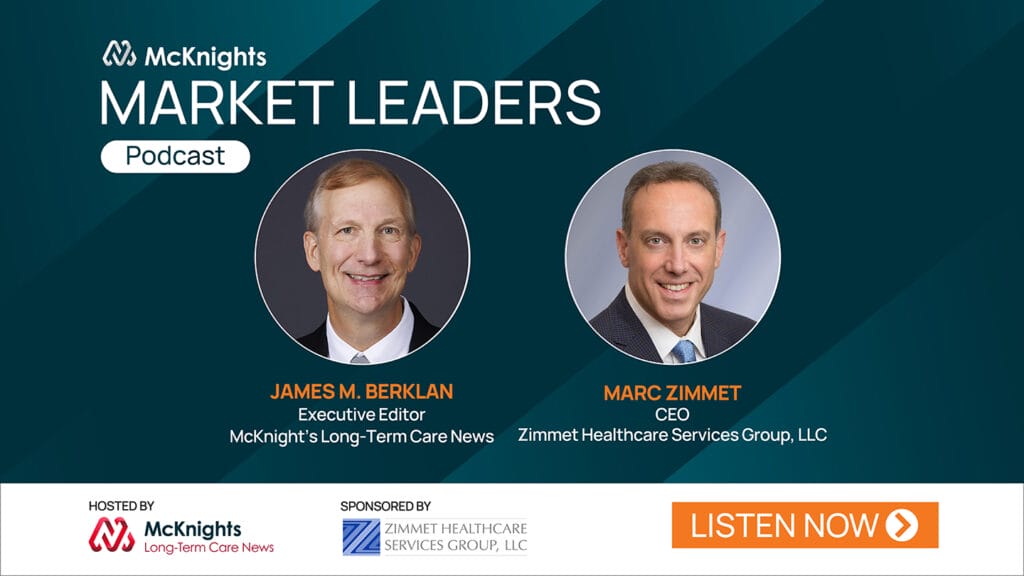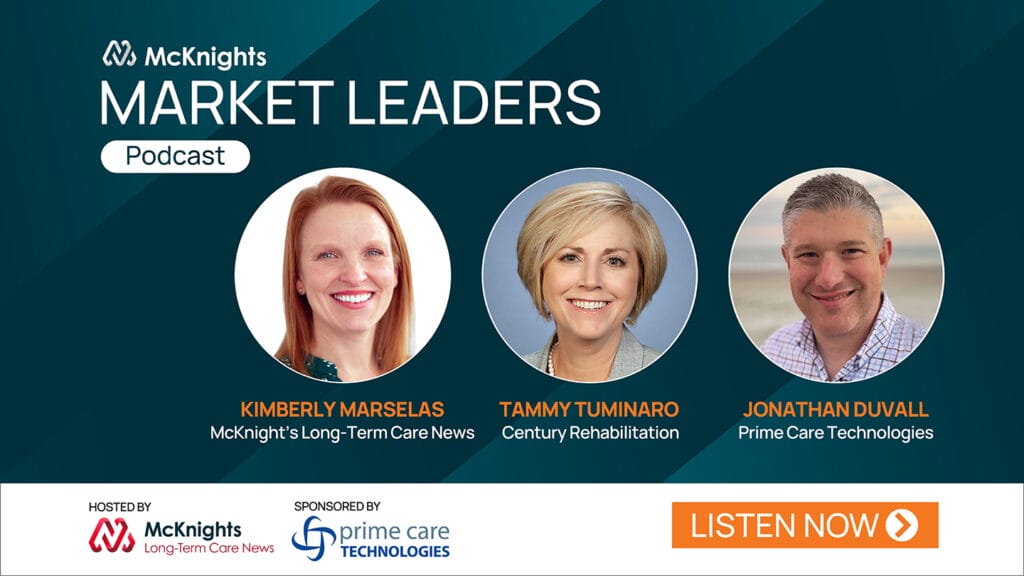
For much of 2022, lockdowns and other restrictions tamped down the usual resident security concerns in the nation’s nursing homes. Still, workforce shortages meant fewer vigilant eyes and ears to ensure resident safety, meaning thinned staffs had to be even more vigilant than usual.
Among the risks that should be addressed by preparedness efforts are upticks in instances of workplace violence and ransomware attacks, as well as ongoing fall risks from a notable increase in the use of antipsychotics.
In a mid-summer report, STAT News asserted that gains in patient and resident safety have stalled over the past decade, noting a federal study released earlier this year found “rates of patient harm remain disturbingly high.”
In late August, the Centers for Medicare & Medicaid Services warned nursing homes and other providers to prepare for the end of the public health emergency.
While the agency reminded the end date was a moving target, it promised a “more resilient healthcare system that can better adapt to disasters and emergencies.”
Meanwhile, CMS has more than hinted at plans to put emergency planning (which includes disaster preparedness) front and center in its ongoing reform agenda.
For those interested in how it could impact resident security, changes cannot come soon enough, especially in the wake of lockdowns and worker shortage turmoil.
“We have sophisticated, automated inventory systems to keep track of our equipment and supplies. Why don’t we have similar systems to keep track of our precious residents and staff members?” said Stan Szpytek, president of the national consulting firm, Fire and Life Safety Inc.
Already, Szpytek said he is seeing a significant increase in the number and severity of E-tag violations and critical weaknesses in life safety and emergency readiness. Like several national LTC associations, he is warning providers to begin preparing.
A good place to start, he told McKnight’s, is with the lessons from the pandemic.
“COVID-19 taught us that the management of emergent or emergency situations can produce a long list of consequences that may not be immediately apparent until they are actually experienced,” he said. “The reality of a public health emergency like COVID-19 should have taught healthcare providers that emergencies and disasters come in all shapes and sizes.”
From the October 2022 Issue of McKnight's Long-Term Care News



